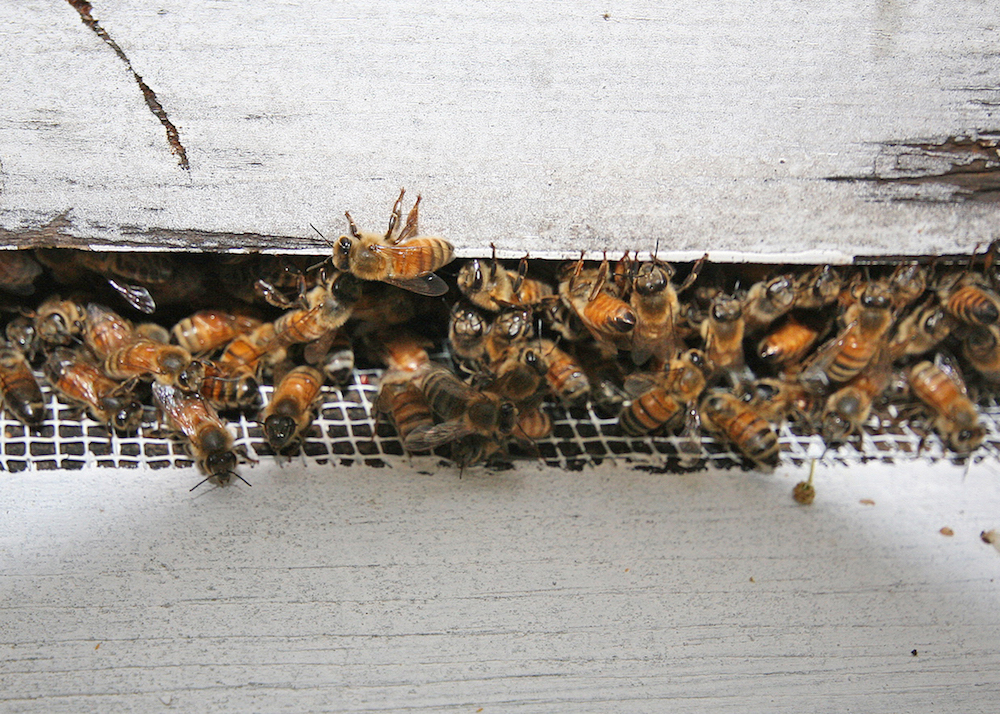With reports of declining monarch butterfly populations and honeybee deaths, the plight of pollinators and other beneficial insects has been headlining the news for months now.
Many factors contribute to pollinator decline. Loss of habitat, loss of food source plants and the overuse of pesticides are all likely disrupting populations.
Loss of habitat: Manicured lawns, clipped hedges and tidy, suburban landscapes are attractive, but they deprive beneficial insects of the habitats they need for reproduction and overwintering.
Loss of sufficient flowering plants for forage: Exotic, non-native and cultivated hybrid flowers may not produce the pollen that insects need for protein or the nectar that bees, birds, butterflies and bats need for energy.
Pesticide misuse: Pesticides may kill pollinators and beneficial insects, and some chemicals may be retained in the pollen that bees store to feed their young.
President Barack Obama has launched a research action plan to address issues related to pollinators. His administration is encouraging federal agencies to take a leadership role through research granting, Environmental Protection Agency regulations, habitat preservation and development, insect research and more.
A plan has been put into place in Georgia to protect honeybees in row crop agriculture. A 2014 University of Georgia economic impact study determined the annual value of pollination to Georgia at over $360 million. While many insects, such as flies, beetles, moths, butterflies and wasps, can be important pollinators, bees outperform them all because of their dietary need for pollen and nectar. Their hairy bodies carry pollen grains easily as they rapidly fly from flower to flower.
Bumblebees and honeybees can be managed on a large scale suitable for the high-acreage pollination demands of modern agriculture. Wild bees are at least equally valuable as pollinators.
The Georgia Pollinator Protection Plan, (found online at t.uga.edu/24h), includes guidelines for farmers to protect pollinators.
Help protect pollinators by using the following integrated pest management (IPM) practices in your home landscape:
1. Monitor insect pest populations to determine whether or not infestations require pesticide treatment.
2. Reduce the use of pesticides by installing native plants that are beneficial to pollinating insects and are relatively pest-free.
3. Use selective pesticides that have a minimal impact on nontarget species. This practice protects pollinators and conserves natural enemies.
The EPA now requires a “Protection of Pollinators” advisory box on certain agricultural pesticide labels. The bee hazard icon alerts users to read and learn the restrictions that protect bees and other insect pollinators.
Establish more flowering plants, shrubs and trees that are native to Georgia and the Southeast. If possible, avoid applying systemic insecticides to the soil during or just prior to the plant’s blooming time.
Avoid treating plants in bloom and use biorational insecticide options, such as horticultural oils; Bacillus thuringiensis (BT), a natural insecticide produced by the BT bacterium; and insecticidal soaps.


.jpg)





